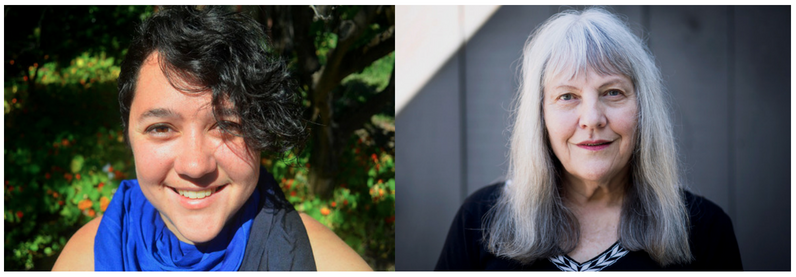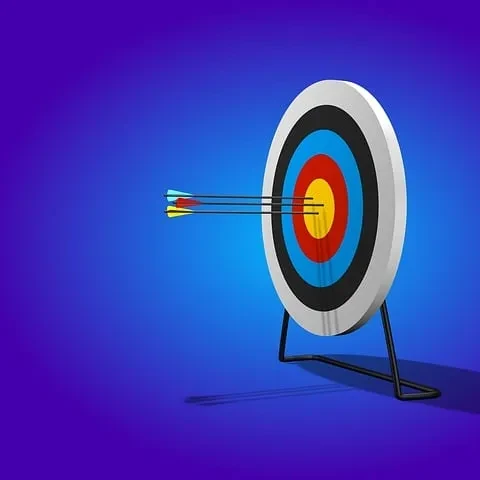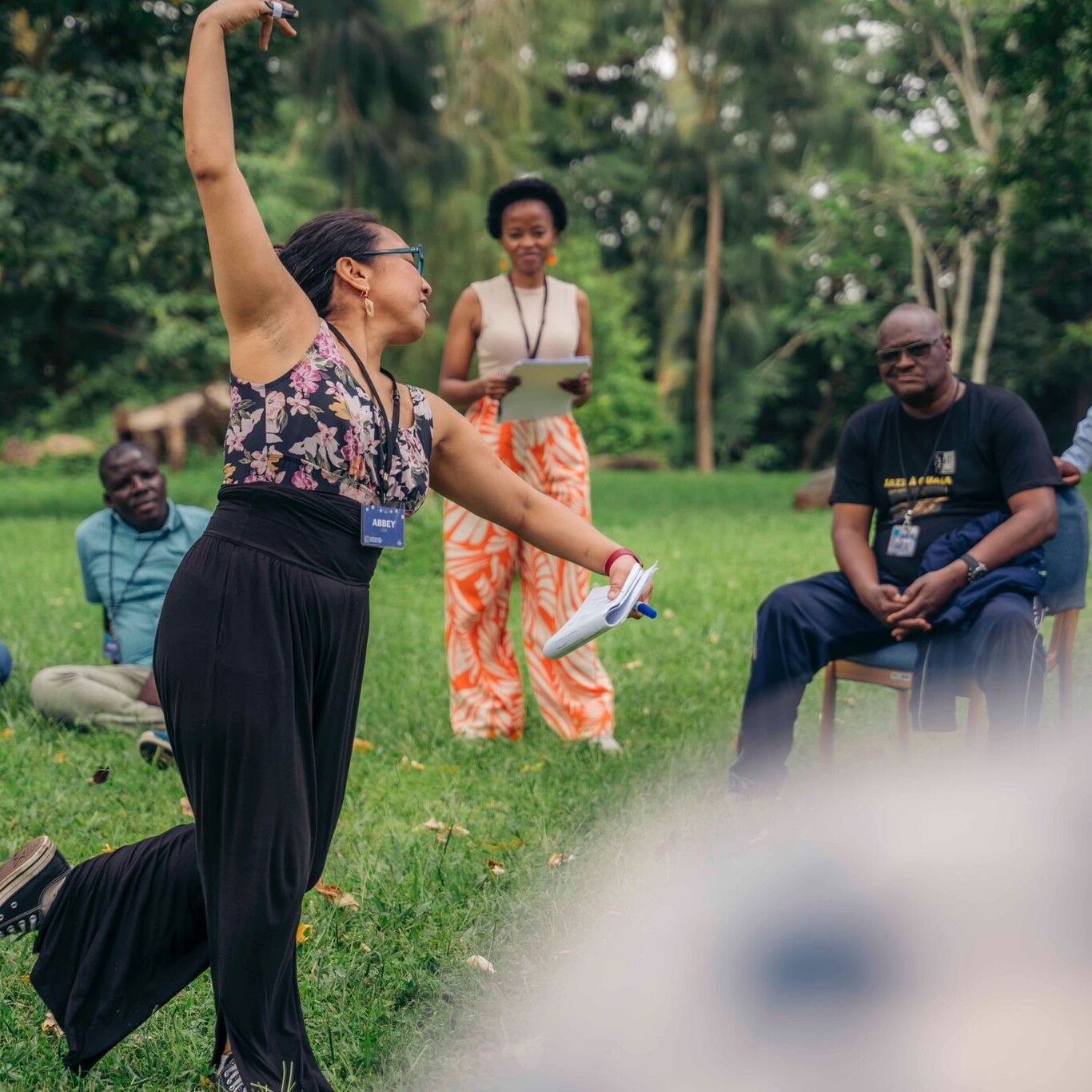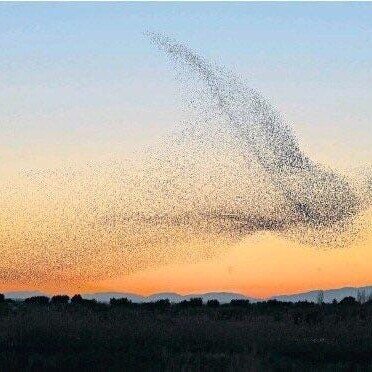by Ari Sahagún and June Holley
We (Ari Sahagún and June Holley) are working on a project to help network participants shift their values, behaviors, and skills while they create new network structures to fit these values. Over the next few months, we will be sharing a set of blog posts about our experiences, takeaways and reflections. We invite you to share your own experiences in creating learning systems and join us in dialogue about the issues we raise.
We originally talked about our project as creating a “network fitbit”: a phone-based platform that provided feedback to network participants on the degree to which their work and network communications reflected network’s values, skills and behaviors. We soon realized that we were too caught up in the “what” and hadn’t thought enough about the “how.”
We started asking questions such as: “Who would design the app?” “What data would be useful to collect to assess and support changing behaviors?” Trying to answer these questions led us to dig into the research on design processes such as user experience and product design. We realized that traditional product design processes were reflective of our 20th century society: external experts develop a product and then marketing convinces us to buy it. We knew we didn’t want the “network fitbit” to be another example of that.
We dug more and found new approaches that create more space in the process for user input, feedback, and ownership.
This research helped us move from a product-centric approach to a process-centered approach. How people engage in design turns out to be every bit as important as the product being developed. And the whole process of design turns out to be a foundational process for networks. (More on that later!)
We also realized that we needed to learn a lot more about how people, groups, organizations, systems and cultures change or transform.
We also began to see that what we wanted to do was not develop a tracking tool but, instead, develop a co-design and learning system to support transformative change. More on that in a later post!
So we’re opening up this first blog post as an invitation to join us in this learning process. With our shared goal of creating stronger more effective networks, let’s think about what would help us recognize and change behaviors that don’t support the network mindset or values.
What would help you and your network see changes?
How do you co-design programs, websites, communications platforms, and collaborations in your networks?
Read Part 2 of the Co-Design Series HERE




